I was doing development work in North Dakota in mid-November, on the back-end of harvest time. When I called Brayden Wagner ’09 seeking an appointment, he told me he would see me, but I should come to their farm because he did not know where they would be at with the harvest at that time. He said, “You may just have to meet me in my combine while I am working.” "Of course," I told him. "That would be fine by me."
Brayden is an accountant and past track and field Minnesota Intercollegiate Athletic Conference champion decathlete. Brayden and his father, with the help of many hired hands, farm 6,000 acres of crop land in Fort Ransom, ND, located about 40 miles south of Valley City. While driving to Fort Ransom, my cell phone shut down. I knew it had been fully charged just an hour-and-a-half earlier when I had left my hotel room in Fargo. Then I realized that I had no cell phone coverage in this vast open area. My GPS was gone; I could not call or text Brayden; and I was lost on a little-traveled dirt road many miles from the nearest town. So I had to do the unthinkable -- I read a road map. Finally, I got to a café in Fort Ransom and was able to use the restaurant’s phone to reach Brayden. We didn’t end up meeting in his combine cab; but I was ready, and it would have been quite the sight.
After a great visit with Brayden, his wife Mary Beth, and young sons Brooks and Rhett, I then made my way over to Berlin, ND, to visit with past Johnnie football great and attorney, James Shockman ’08 and his fiancée, Laura, who have since married. James runs the family farm with his father and brother, and I told James about the Wagner farm I had just seen in Fort Ransom. “Did you know the Wagner’s farm 6,000 acres of land?” I asked, with the thought that this may have been the largest crop farm on the planet. “Yes," James replied. "I am aware of that. But our farm is 13,000 acres!” The scale of these business operations and the vast openness of land certainly provided me with a new and surprising experience.
Both Brayden and James had just completed the harvest and were in the process of tilling their fields before winter. Despite being exhausted from the harvest, both seemed satisfied to see me, learn what’s new at Saint John’s, share our stories, and acquire a loaf of Johnnie bread. And both Brayden and James have been donors to Saint John’s, either to the Student Fund or to the football program.
Saint John's advances its mission in many different ways. To its students it provides the financial aid that makes it possible for them to be here. It builds in bricks and mortar to prepare for the future. And it assembles and supports a great faculty and team of coaches. But we also advance the mission of Saint John’s by bringing Saint John’s to our alumni in parts of the country, or world, where our alumni have little or no access to our great campus community. Thus, we bring Saint John’s to them!
I spent four weeks in North Dakota this past fall, visiting about 100 of the 358 alumni of Saint John's living in that state. The majority live in places like the Fargo/Moorhead area, Grand Forks/East Grand Forks, and in the Bismarck/Mandan area. But it's also a pleasure -- and an education -- to stop in small towns like Fort Ransom and Berlin.
In my new role, I love bringing Saint John’s to alumni. And I am especially proud of Saint John’s University when I see what wonderful people our alumni have become. Collectively, Johnnie alumni seem happy, fulfilled, and successful. They are quality people, who work hard, have tremendous family values, and give back to their communities. From my experience, Saint John’s and its alumni can certainly be proud! They reinforce what President Michael Hemesath often says: “The world needs more Johnnies!” And so does North Dakota!
[Editor's note: In the photo Tom Stock stands to the right of James Shockman in front of a Case IH tracor at the Shockman farm near Berlin, ND.}

